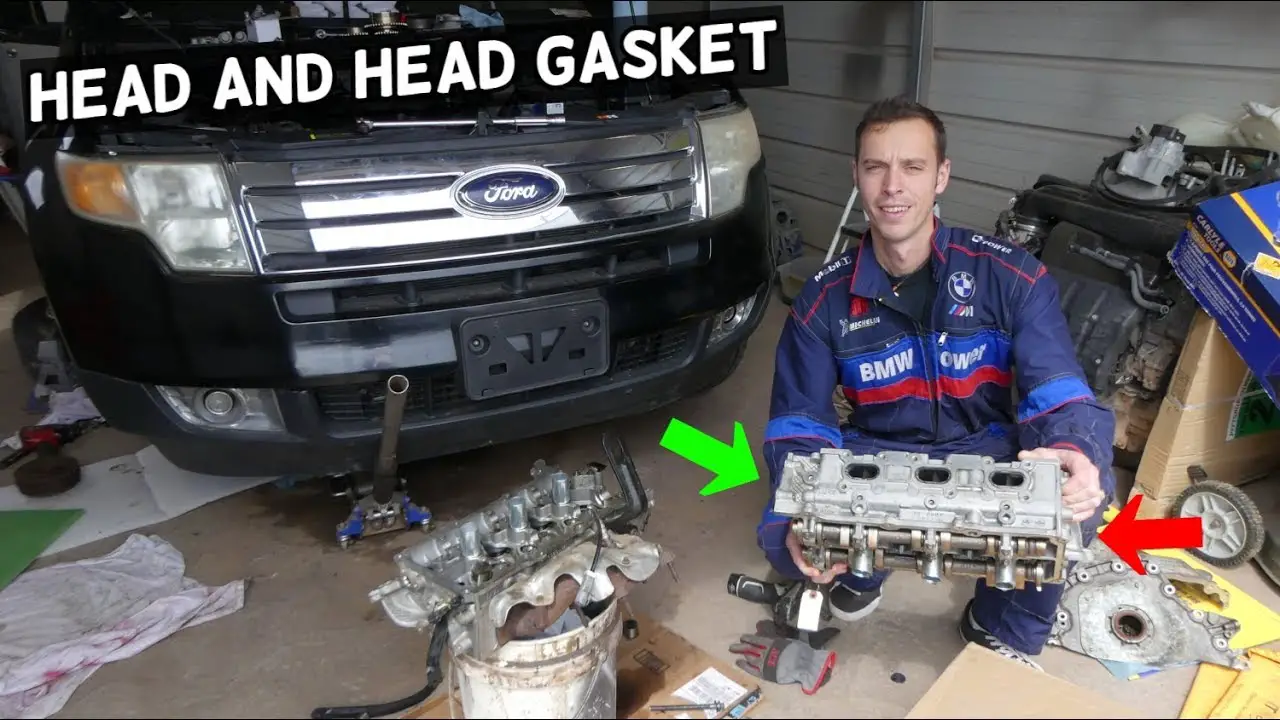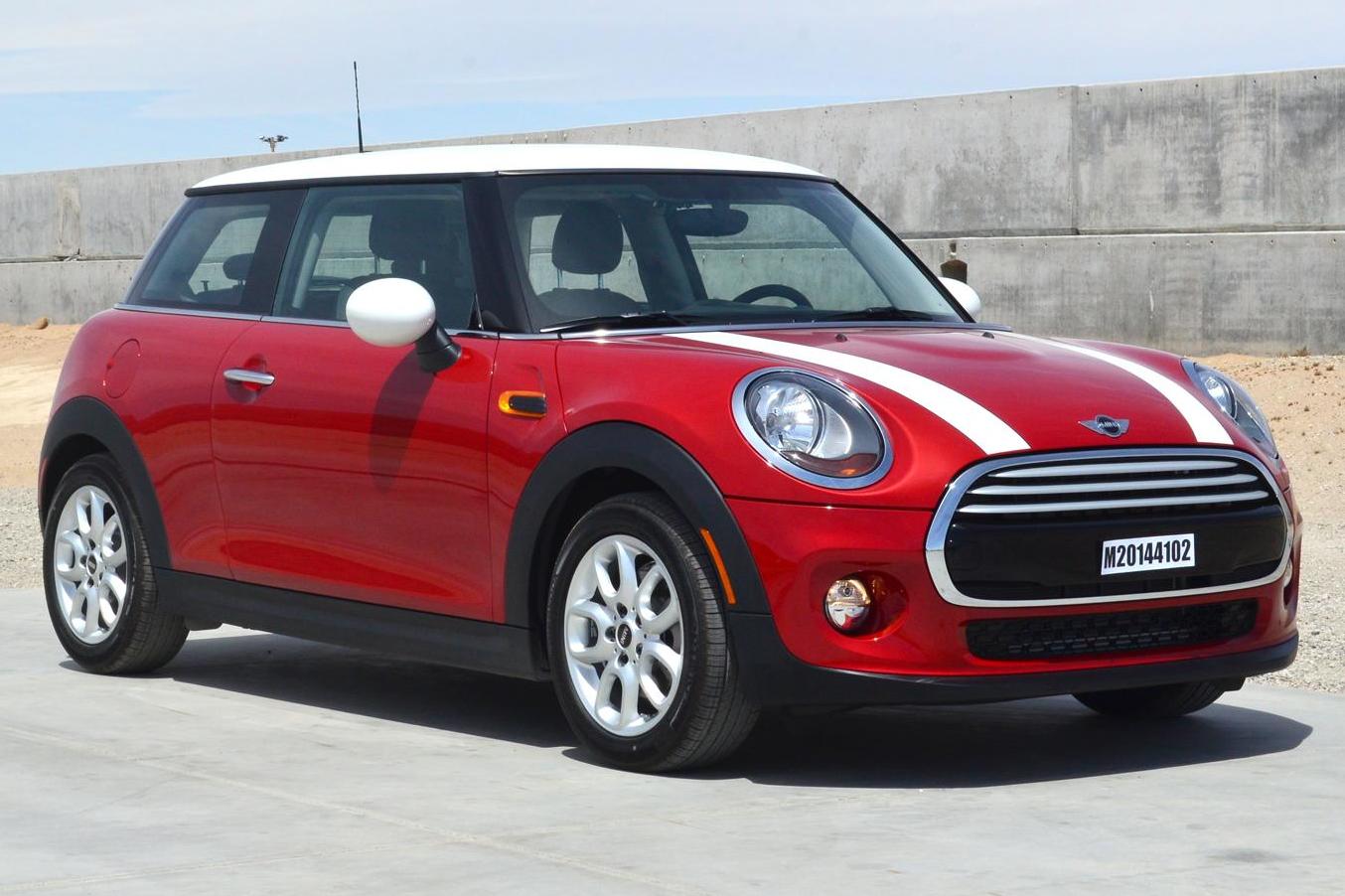If you are looking for a powerful engine for your truck, you might be wondering which one is better: the 6.2 L V8 or the 3.0 Duramax.
These are two of the most popular engines in the market, but they have some key differences and similarities that you should know before making a decision.
In this article, we will compare and contrast the 6.2 L V8 vs 3.0 Duramax in terms of performance, fuel efficiency, reliability, and cost.
By the end of this article, you will have a clear idea of which engine suits your needs and preferences better.
How Do The 6.2 L V8 And The 3.0 Duramax Differ In Performance?
One of the main differences between the 6.2 L V8 and the 3.0 Duramax engines is their performance. The 6.2 L V8 has a higher horsepower output of 420 hp, while the 3.0 Duramax has 277 hp. This means that the 6.2 L V8 can accelerate faster and reach higher speeds than the 3.0 Duramax.
The 6.2 L V8 can go from 0 to 60 mph in 5.4 seconds, while the 3.0 Duramax takes 7.1 seconds. However, both engines have the same torque output of 460 lb-ft, which means that they can pull the same amount of weight. The 6.2 L V8 and the 3.0 Duramax have the same maximum towing capacity of 13,300 lbs.
Which Engine Is More Fuel Efficient: The 6.2 L V8 Or The 3.0 Duramax?
- The 3.0 Duramax is a diesel engine, while the 6.2 gas engine runs on gasoline. Diesel engines are generally more fuel efficient than gasoline engines because they have higher compression ratios and lower fuel consumption per unit of power.
- The 3.0 Duramax has an EPA-estimated 23 city/ 33 highway mpg, compared to the 6.2 engine’s 16 city/ 22 highway mpg. This means that the 3.0 Duramax can travel farther on a single tank of fuel than the 6.2 engine, saving you money and reducing emissions.
- The 3.0 Duramax also has a lower carbon footprint than the 6.2 engine, as diesel emits less carbon dioxide than gasoline per unit of energy. According to a study by the Argonne National Laboratory, the 3.0 Duramax can reduce greenhouse gas emissions by 15% compared to the 6.2 engine over the vehicle’s lifetime.
Also Read: Ford 2.5 Liter Hybrid Engine: Performance, Fuel Economy, and Reliability
How Reliable Are The 6.2 L V8 And The 3.0 Duramax Engines?
The reliability of the 6.2 L V8 and the 3.0 Duramax engines depends on several factors, such as maintenance, driving habits, and environmental conditions.
However, based on some general information, we can compare and contrast the two engines in terms of reliability.
- The 6.2 L V8 is a gasoline engine, while the 3.0 Duramax is a diesel engine. Gasoline engines are generally simpler and cheaper to maintain than diesel engines, as they do not require special fuel filters, glow plugs, or diesel exhaust fluid (DEF). However, diesel engines are more durable and can last longer than gasoline engines, as they have stronger components and lower engine speeds.
- The 6.2 L V8 is a newer engine, introduced in 2014, while the 3.0 Duramax is an older engine, introduced in 2009. Newer engines may have more advanced technology and features, but they may also have more potential issues and recalls, as they are less tested and proven than older engines. Older engines may have more established reliability and performance, but they may also have more wear and tear, and less efficiency and power than newer engines.
- The 6.2 L V8 and the 3.0 Duramax both have a 10-speed automatic transmission, which is designed to improve fuel economy and performance. However, some owners have reported problems with the transmission, such as shifting delays, jerks, vibrations, and noises. These problems may affect the reliability and longevity of the engines, as well as the driving comfort and safety.
How Much Does It Cost To Buy And Maintain The 6.2 L V8 And The 3.0 Duramax Engines?
The cost of buying and maintaining the 6.2 L V8 and the 3.0 Duramax engines depends on several factors, such as the vehicle model, trim level, options, fuel prices, and service intervals.
Both the 6.2 L V8 and the 3.0 Duramax engines are offered by GM at the same retail price. However, the actual cost of buying a vehicle with either engine may vary depending on the availability, demand, and incentives.
The 6.2 L V8 runs on regular gasoline, while the 3.0 Duramax runs on diesel. The price difference between gasoline and diesel may affect the fuel cost of each engine. According to the U.S. Energy Information Administration, the average retail price of regular gasoline was $3.18 per gallon, while the average retail price of diesel was $3.38 per gallon as of February 5, 2024.
The 3.0 Duramax has a better fuel economy than the 6.2 L V8, which means it can save you money on fuel in the long run. The 3.0 Duramax has an EPA-estimated 23 city/ 33 highway mpg, compared to the 6.2 L V8’s 16 city/ 22 highway mpg.
The 6.2 L V8 is a simpler and cheaper engine to maintain than the 3.0 Duramax, as it does not require special fuel filters, glow plugs, or diesel exhaust fluid (DEF). However, the 3.0 Duramax is more durable and can last longer than the 6.2 L V8, as it has stronger components and lower engine speeds.
The maintenance cost of each engine also depends on the service intervals and the warranty coverage. According to the owner’s manual, the 6.2 L V8 requires an oil change every 7,500 miles or 12 months, whichever comes first. The 3.0 Duramax requires an oil change every 10,000 miles or 12 months, whichever comes first. Both engines have a 5-year/60,000-mile powertrain limited warranty.
Important: 2023 Ford F-150 Hennessey Velociraptor 6×6: The Ultimate Supertruck
Which Engine Is More Suitable For Your Truck: The 6.2 L V8 Or The 3.0 Duramax?

Both the 6.2 L V8 and the 3.0 Duramax engines have their own strengths and weaknesses, and there is no definitive answer to which one is better.
Here are some factors to consider when choosing between the two engines:
-
Performance
The 6.2 L V8 has a higher horsepower output of 420 hp, while the 3.0 Duramax has 277 hp. This means that the 6.2 L V8 can accelerate faster and reach higher speeds than the 3.0 Duramax. However, both engines have the same torque output of 460 lb-ft, which means that they can pull the same amount of weight. The 6.2 L V8 and the 3.0 Duramax have the same maximum towing capacity of 13,300 lbs.
-
Fuel efficiency
The 3.0 Duramax is a diesel engine, while the 6.2 gas engine runs on gasoline. Diesel engines are generally more fuel efficient than gasoline engines because they have higher compression ratios and lower fuel consumption per unit of power.
The 3.0 Duramax has an EPA-estimated 23 city/ 33 highway mpg, compared to the 6.2 engine’s 16 city/ 22 highway mpg. This means that the 3.0 Duramax can travel farther on a single tank of fuel than the 6.2 engine, saving you money and reducing emissions.
-
Reliability
The 6.2 L V8 is a gasoline engine, while the 3.0 Duramax is a diesel engine. Gasoline engines are generally simpler and cheaper to maintain than diesel engines, as they do not require special fuel filters, glow plugs, or diesel exhaust fluid (DEF).
However, diesel engines are more durable and can last longer than gasoline engines, as they have stronger components and lower engine speeds.
The 6.2 L V8 is a newer engine, introduced in 2014, while the 3.0 Duramax is an older engine, introduced in 2009. Newer engines may have more advanced technology and features, but they may also have more potential issues and recalls, as they are less tested and proven than older engines.
Older engines may have more established reliability and performance, but they may also have more wear and tear, and less efficiency and power than newer engines.
How much HP can a 3.0 Duramax handle?
The 3.0 Duramax is a turbodiesel engine that can produce 277 horsepower and 460 lb-ft of torque in its first generation (LM2) and 305 horsepower and 495 lb-ft of torque in its second generation (LZ0).
However, the horsepower limit of the 3.0 Duramax may depend on other factors, such as the vehicle model, the transmission, the fuel quality, the tuning, and the environmental conditions.
Some owners have reported achieving higher horsepower levels with aftermarket modifications, such as turbo upgrades, exhaust systems, and custom tunes. However, these modifications may also affect the reliability, warranty, and emissions compliance of the engine.
What is the most reliable Duramax engine?
The most reliable Duramax engine is a matter of debate among diesel enthusiasts, but many agree that the LBZ (2006-2007) and the LML (2011-2016) are the top contenders.
These engines offer a balance between performance, power, and modern innovations while avoiding some of the common issues and weaknesses of other models.
Here are some reasons why the LBZ and the LML are considered the most reliable Duramax engines:
- The LBZ is the last generation of Duramax without emissions control devices, such as diesel particulate filter (DPF) and diesel exhaust fluid (DEF), which can cause problems and reduce power in other models. The LBZ also has a strong transmission and a high tuning potential, making it a favorite among Duramax fans.
- The LML has significant improvements in performance, fuel economy, and emissions control compared to its predecessors. The LML features advanced technology, such as a variable geometry turbocharger (VGT), a high-pressure common-rail fuel system, and a selective catalytic reduction (SCR) system, which enhance its power and efficiency. The LML also has a robust engine block and pistons, which increase its durability and reliability.
Conclusion
In this article, we have compared and contrasted the 6.2 L V8 vs 3.0 Duramax engines in terms of performance, fuel efficiency, reliability, and cost.
We have seen that both engines have their own advantages and disadvantages, and there is no definitive answer to which one is better.
The 6.2 L V8 is more powerful and faster, but less fuel efficient and more complex.
The 3.0 Duramax is more fuel-efficient and durable, but less powerful and older. The best engine for your truck depends on your personal preferences and needs.
You should weigh the pros and cons of each engine and consider your driving needs and budget before making a decision.
We hope that this article has helped you to understand the differences and similarities between the 6.2 L V8 and the 3.0 Duramax engines.




